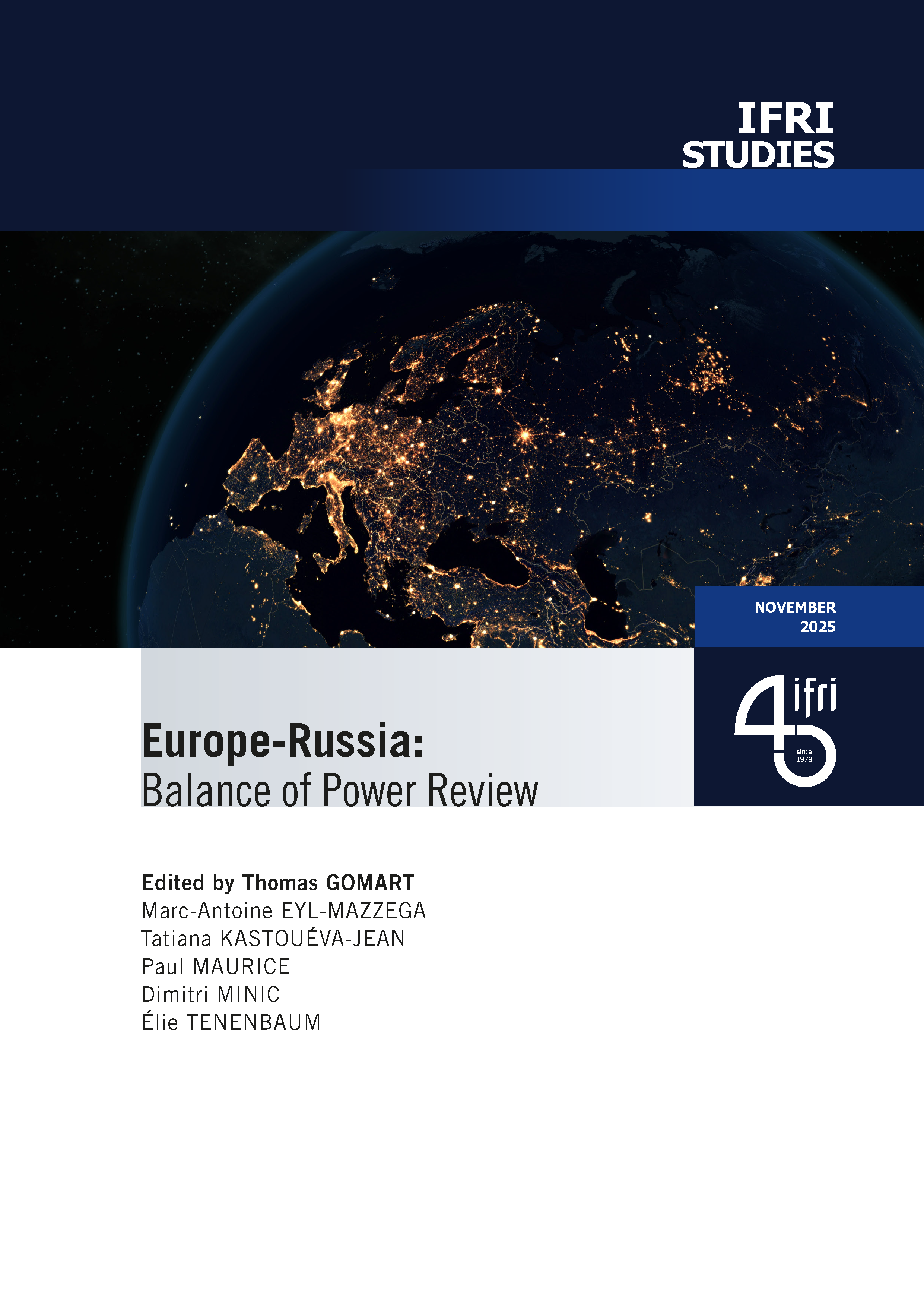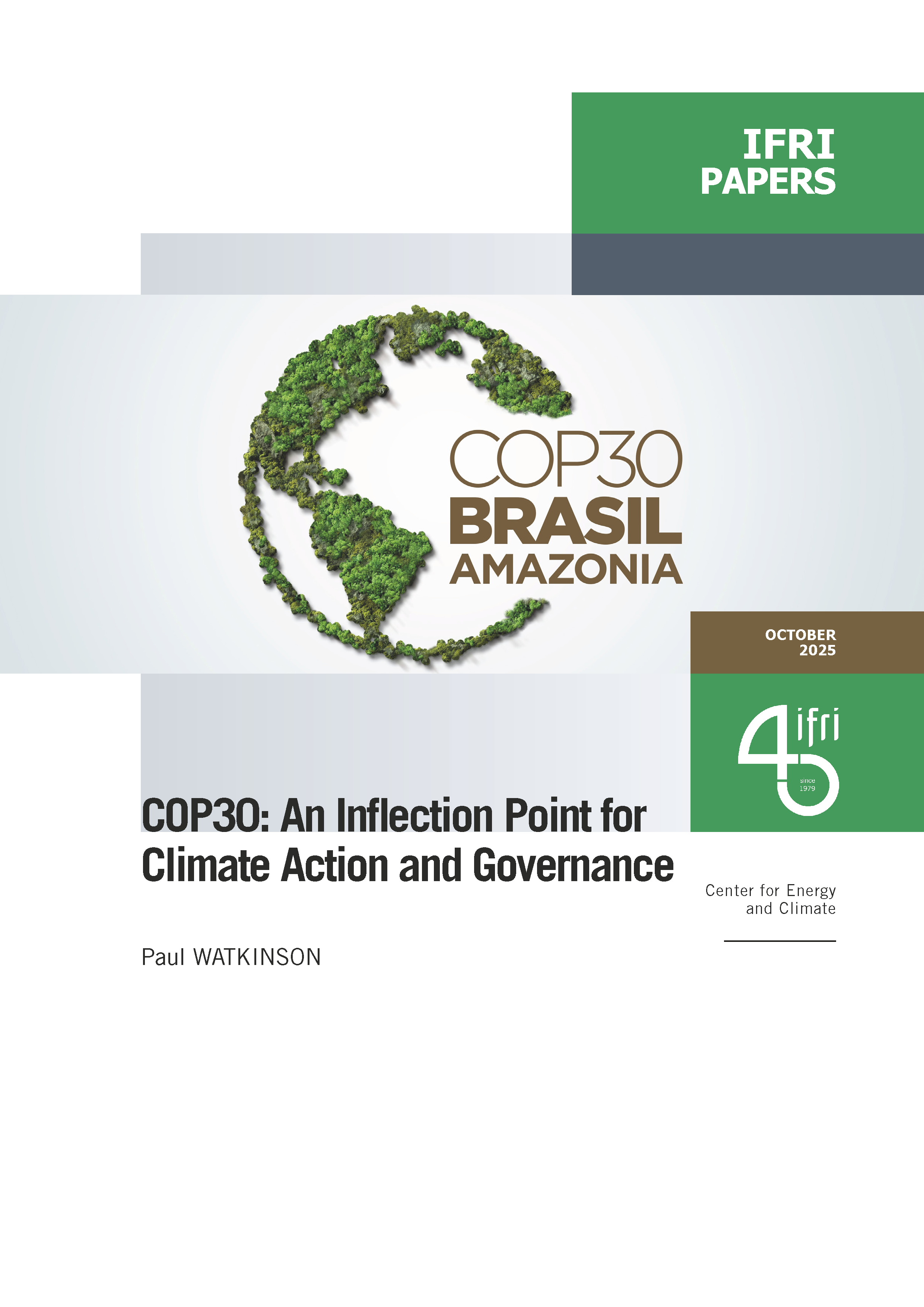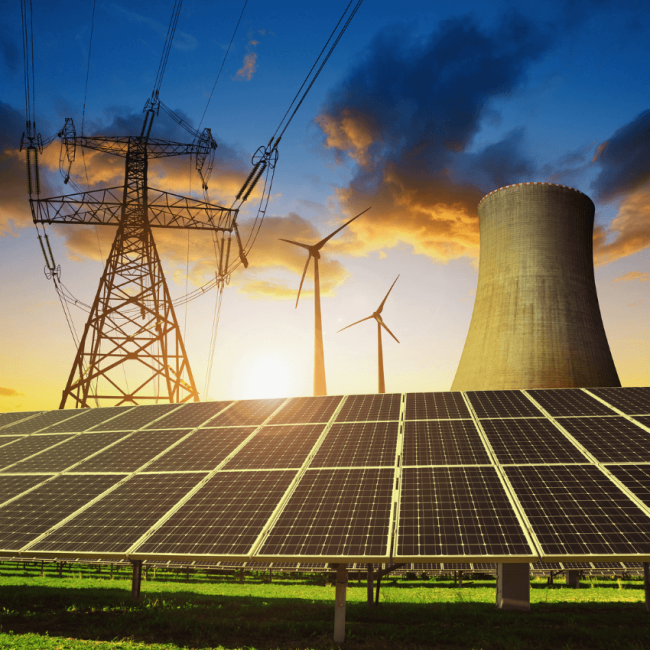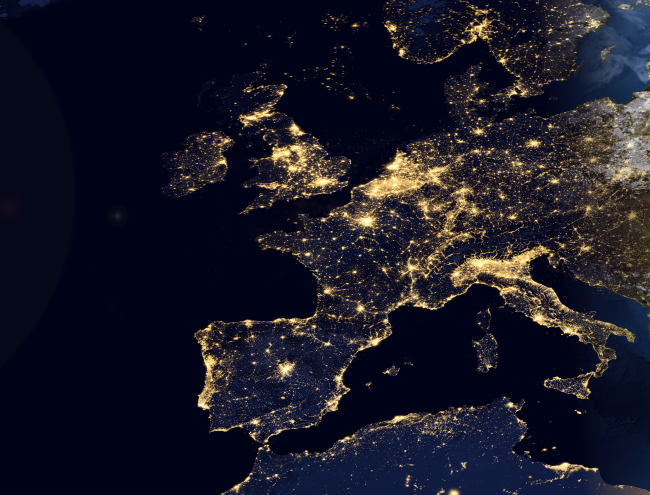Demand Response in Europe’s Electricity Sector: Market barriers and outstanding issues
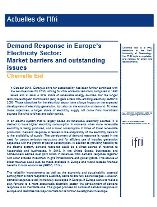
In October 2014, Europe’s drive for sustainability has been further continued with the set objectives for 2030, aiming for 40% emission reduction compared to 1990 levels and at least a 27% share of renewable energy sources. For the longer term, the European Commission (EC) targets a zero CO2 emitting electricity sector in 2050. Those objectives for the electricity sector have a large impact on the expected development of electricity generation, but also on the evolution of demand. To meet those objectives, a larger share of electricity supply will come from intermittent sources like wind turbines and solar panels.
In an electric system that is largely based on renewable electricity sources, it is desired to have higher electricity consumption in moments when more renewable electricity is being produced, and a lower consumption in times of lower renewable production. Demand response is related to the adaptability of the electricity demand to the availability of supply. The development of demand response is rooted in the need for carbon emission reductions and for efficient use of installed generation capacities with the growth of power consumption. In addition to providing flexibility to the electric system, demand response could be a direct source of revenue to households and businesses. In 2013, in the United States, businesses and homeowners earned over $2.2 billion in revenues from demand response together with other avoided investment in grid infrastructure and power plants. This source of direct revenue could also be made available in Europe and would release financial benefits to local economies (SEDC, 2014).
The reliability improvements as well as the economic and sustainability potential coming from a more responsive electricity demand are fully acknowledged. However, demand response is still immaturely developed in Europe. If Europe wants to make a step forward to a more sustainable electricity sector, the development of demand response is an inevitable one. This paper provides an outline of demand response in Europe and identifies the major barriers for its further development in Europe.
Download the PDF to read further:

Available in:
Regions and themes
ISBN / ISSN
Share
Download the full analysis
This page contains only a summary of our work. If you would like to have access to all the information from our research on the subject, you can download the full version in PDF format.
Demand Response in Europe’s Electricity Sector: Market barriers and outstanding issues
Related centers and programs
Discover our other research centers and programsFind out more
Discover all our analysesBrazil One Year Away from the October 2026 General Elections
Brazil’s general elections will be held on October 4, 2026, to elect the president, vice-president, members of the National Congress, governors, deputy governors and state legislative assemblies. For the presidential and gubernatorial elections, a second round will be held on October 25 if no candidate obtains a majority of the votes in the first round.
COP30: An Inflection Point for Climate Action and Governance
The 30th Conference of the Parties (COP30), opening in Belém, Brazil, on November 10th 2025, convenes at a perilous moment.
The Strategic Dimension of Skills in the Clean Industrial Deal
In the competitiveness and energy transition battles, the European Union (EU) must master a determinant factor: skills.
The Energy Transition Faces Geopolitical Challenges. How Can Ideological Divides Be Overcome?
President Trump’s positions and policies, combined with record coal consumption and booming global electricity demand, geo-economic confrontation, and widespread concerns about energy security, are changing the game when it comes to understanding realistic decarbonization trajectories. The war in Europe is intensifying competition between defense and transition budgets. This is also the case elsewhere in the world.


